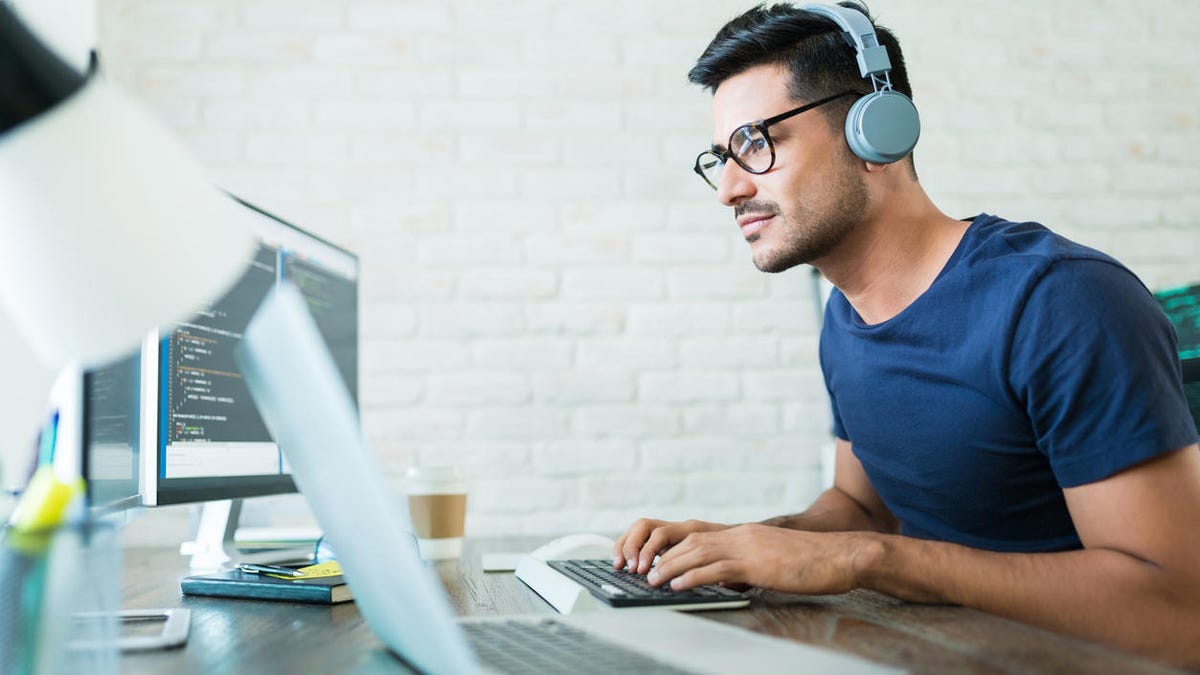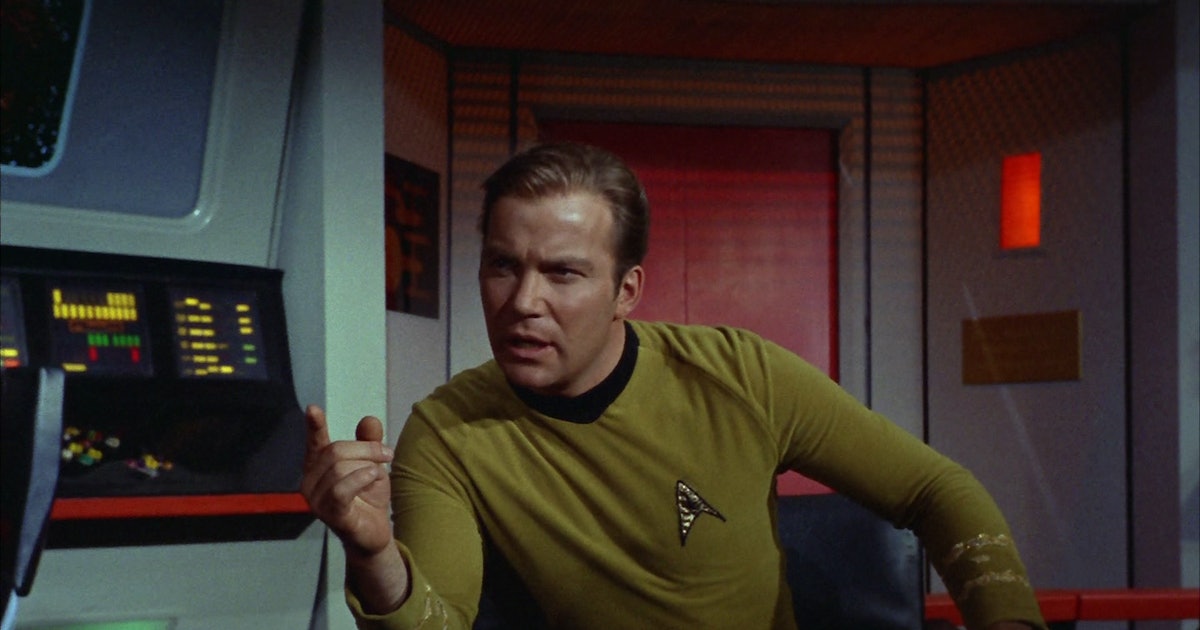

I feel like you are one of the people who feel that AI is just going to be the future with no real problems to anyone who matters. We can’t stop it, we can’t regulate it in any way whatever; and people should just move out of the way, give up and if they can’t find a place in the new world, die already. Artists don’t matter, writers don’t matter and anyone impacted by this new system doesn’t matter. The algorithm is all that matters.
If I thought that, I wouldn’t have emphasised the need to sort out the funding issue, and argued that just regulation will be insufficient to solve it.
I think it will cause a massive degree of upheaval. I don’t think regulation has any hope in hell of preventing upheaval significant enough that unless a solution is found to ensure better distribution of wealth it will cause violence and uprisings and governments to fall. Not necessarily in and of itself, but in accelerating a process of reducing the monetary value of labour.
I can’t know anything about LLMs, machine learning or anything about this.
I’ve not suggested anything of the sort.
How you can interpret anything I’ve written as suggesting I don’t think there will be problems is beyond me.
You therefore throw out the idea that bias exists due to tagging systems.
I’ve done no such thing.









The age matters less than the power-dynamics of her being his nanny.